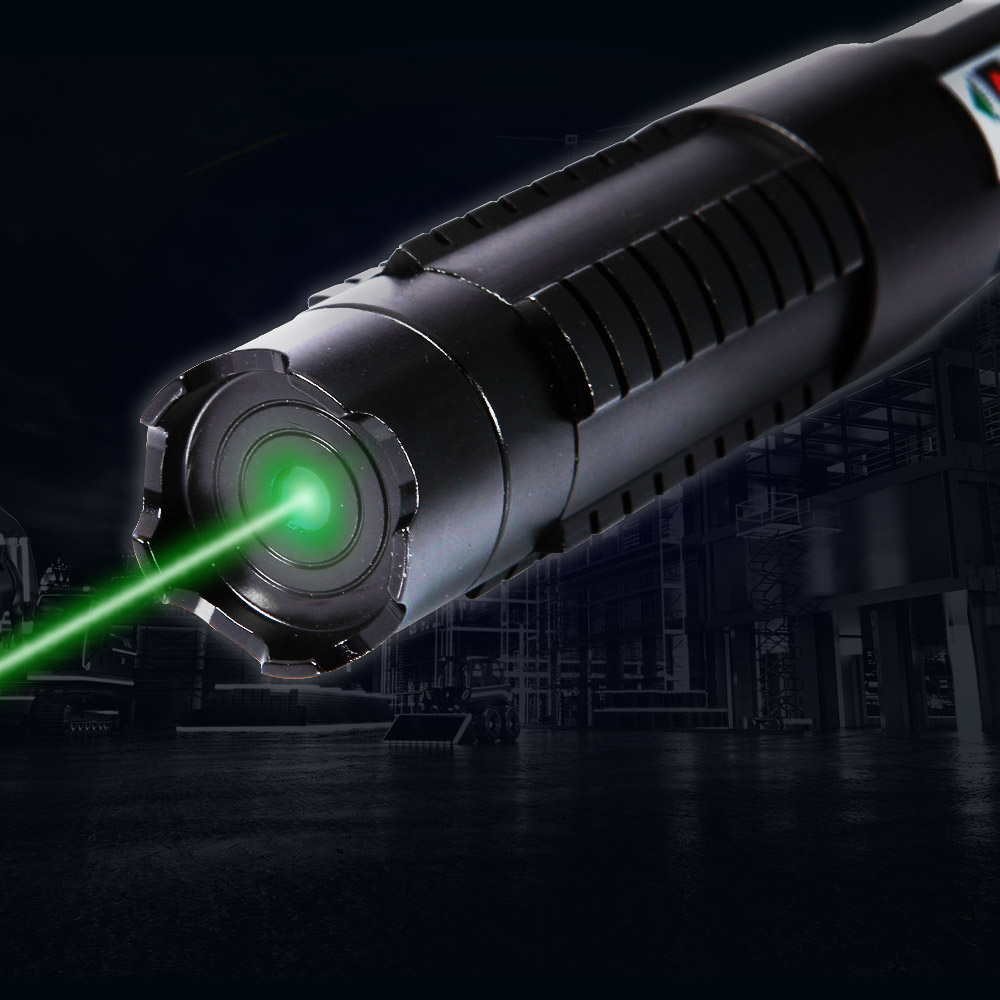Safety standards for lasers
Level 1 standards do not require any safety rules. Second standard, absolutely prohibit anyone to look at the laser light source for a long time. It is strictly prohibited to point the laser at human eyes unless it is for beneficial purposes and the intensity and duration of the irradiation do not exceed the permitted upper limit. Operate the laser only in a limited area, for example, in a closed room with no Windows. Post prevention warning signs on doors. Operate the laser only in a limited area, for example, in a closed room with no Windows. Post prevention warning signs on doors. Operate the laser only in a limited area, for example, in a closed room with no Windows. Post prevention warning signs on doors.
The laser pen. Also known as laser designator, pointing pen, etc., is the visible laser designed to be portable, easy to hold, laser module processing into the pen emitter. Common laser Pointers are red, green, blue, blue and violet, and the power is usually in milliwatts. Laser treatment: can be used for surgical operation, relieve pain, reduce infection. The application of laser in medicine is mainly divided into three categories: laser life science research, laser diagnosis and laser treatment, among which laser treatment is divided into: laser surgical treatment, non-surgical treatment of weak laser biological stimulation and laser photodynamic therapy. Laser welding. Laser welding: auto body thickness plate, auto parts, lithium battery, pacemaker, sealing relay and other sealing devices and all kinds of devices that do not allow welding pollution and deformation. The lasers used in 2013 include YAG laser, CO2 laser and semiconductor pumped laser.

